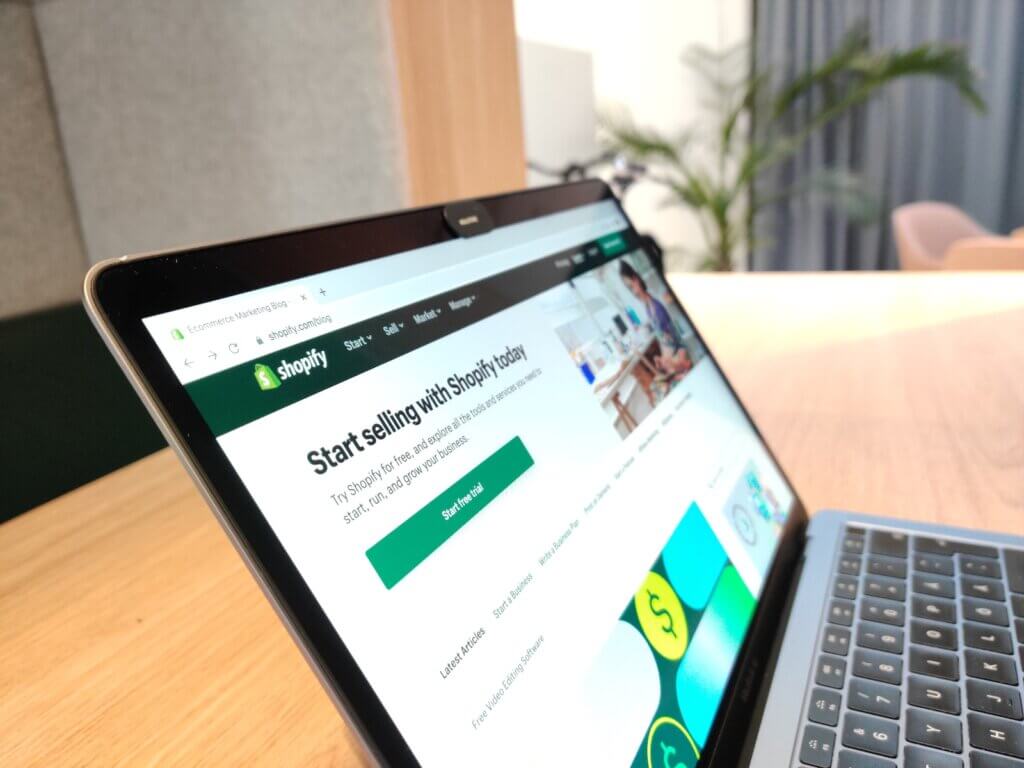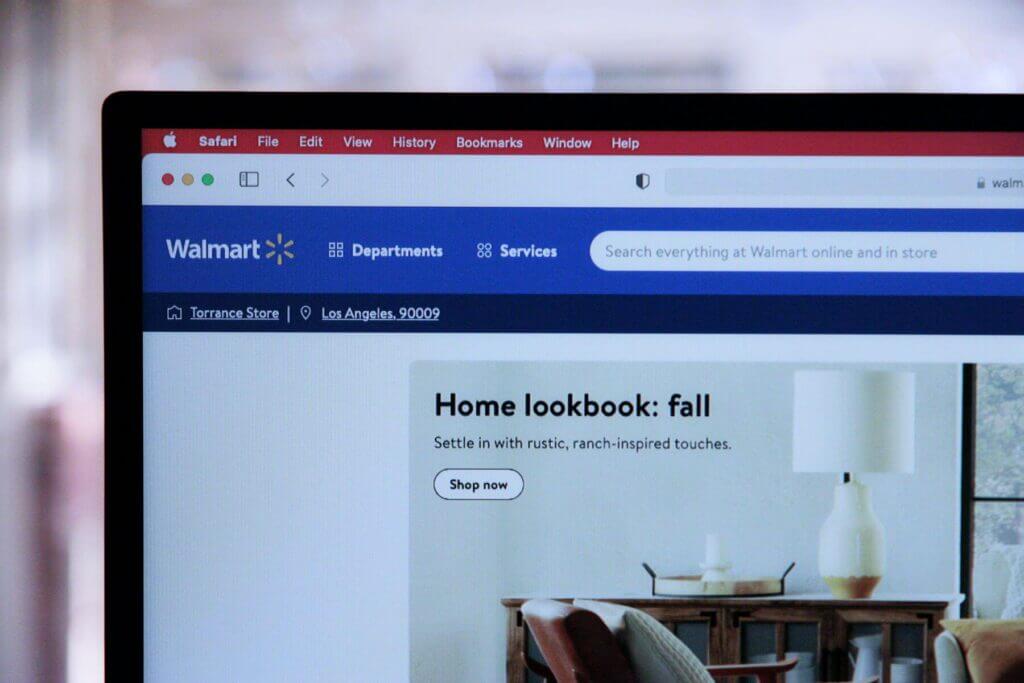Looking for a way to manage your business information, insights, and analytics on Google? Check out our comprehensive guide to Google My Business API and learn how to access, integrate, and use its features for your business.
What is Google My Business API?
Google My Business API is a tool that offers developers the ability to access and manage their business information on Google. This allows businesses to interact with their customers more effectively, improve their online presence, and manage their reputation. In this section, we will provide an overview of Google My Business API, the benefits of using it, and some of the use cases businesses can leverage.
Overview
Google My Business API is a platform that enables businesses to manage their online presence across Google. It allows businesses to update their business information, such as their name, address, phone number, hours of operation, and website URL, in real-time. This information is then displayed on Google Search and Maps, making it easier for customers to find and interact with businesses.
Benefits
There are several benefits to using Google My Business API for businesses. Firstly, it allows businesses to control the information displayed about them on Google. This ensures that customers are always seeing accurate and up-to-date information, which can help build trust and improve brand reputation.
Secondly, Google My Business API provides insights and analytics to help businesses understand how customers are interacting with their business on Google. This includes data on customer actions, such as clicks, calls, and direction requests, as well as information on popular search terms and customer demographics. This data can then be used to make informed business decisions and improve the overall customer experience.
Finally, Google My Business API provides businesses with the ability to manage their online reviews and ratings. This includes responding to customer reviews, monitoring ratings, and addressing negative feedback. By engaging with customers in this way, businesses can improve their reputation and build customer loyalty.
Use Cases
There are several use cases for businesses when it comes to Google My Business API. One of the most common use cases is for businesses with multiple locations. Google My Business API makes it easy to manage and update information for all locations from a single platform. This saves time and ensures consistency across all locations.
Another use case is for businesses that rely heavily on customer reviews and ratings. By using Google My Business API, businesses can monitor and respond to reviews in real-time, leveraging customer feedback to improve their product or service offerings.
Finally, businesses that want to improve their online presence and visibility can use Google My Business API to optimize their business information and improve their search rankings. By providing accurate and up-to-date information, businesses can increase their chances of appearing in relevant search results and attracting more customers.
How to Access Google My Business API
If you’re interested in accessing Google My Business API, first and foremost, you need to understand what it is and the benefits it offers. Once you have a clear understanding of its capabilities, you can proceed to registering for access.
Registration Process
To register, you need to have a Google account. If you don’t have one, create one. Once you’ve created a Google account, visit the Google Developers Console and create a new project.
Once you have created a new project, you can enable Google My Business API by selecting it from the API Library. Once you have enabled the API, you need to create OAuth 2.0 credentials. You will be required to provide information such as the name of the application, the authorized JavaScript origins, and authorized redirect URIs.
After creating your OAuth 2.0 credentials, you will be provided with a client ID and client secret. These credentials are required to authenticate your application and access the API.
Authentication
To authenticate your application and access the Google My Business API, you need to use the client ID and client secret provided during the registration process. You also need to include the scope of the API you want to access.
Google My Business API uses OAuth 2.0 authentication protocol. This means that you need to obtain an access token and refresh token to access the API. To obtain an access token, you need to make a request to the authorization server with your client ID, client secret, and the grant type.
Once you have obtained the access token, you can use it to make requests to the API. The access token has a limited lifespan, and it expires after a certain period. To continue using the API, you need to obtain a new access token using the refresh token.
API Limits and Quotas
Google My Business API has limits and quotas to ensure that the API is used responsibly. These quotas and limits vary depending on the type of API request being made.
For example, the number of requests per day that can be made to retrieve business information is limited to 100,000. The number of reviews that can be returned per request is limited to 20. The number of photos that can be returned per request is limited to 10.
The API also has a rate limit that limits the number of requests that can be made in a given period. The rate limit is set to prevent abuse of the API and ensure that it’s available to all users.
Google My Business API Features
Google My Business API is a powerful tool that enables businesses to manage their online presence on Google. With this API, businesses can update and manage their business information, track their performance through analytics and insights, and manage their reviews and ratings. Let’s take a closer look at the key features of the Google My Business API.
Business Information Management
One of the primary features of the Google My Business API is the ability for businesses to manage their business information. This includes updating their business name, address, phone number, website, hours of operation, and more. By keeping this information accurate and up-to-date, businesses can ensure that their customers can easily find them on Google and get the information they need to visit or contact them.
In addition, the Google My Business API allows businesses to manage multiple locations through a single dashboard. This is particularly useful for businesses with multiple storefronts or locations, as it allows them to manage all of their business information in one place.
Insights and Analytics
Another key feature of the Google My Business API is the ability to track and analyze performance through insights and analytics. By using this feature, businesses can gain valuable insights into how their customers are interacting with their business on Google.
For example, businesses can track the number of views their business listing has received, the number of clicks to their website, and the number of phone calls or directions requests they have received. They can also see how their business compares to similar businesses in their area and track changes in performance over time.
By using these insights and analytics, businesses can make data-driven decisions to improve their online presence and attract more customers.
Reviews and Ratings Management
The final feature we’ll cover in this section is the ability for businesses to manage their reviews and ratings on Google. With the Google My Business API, businesses can respond to customer reviews and ratings, as well as monitor and track changes in their overall rating.
By responding to customer reviews, businesses can show their customers that they value their feedback and are committed to providing excellent service. They can also address any negative feedback and take steps to improve their business based on customer feedback.
In addition, businesses can use the Google My Business API to monitor and track changes in their overall rating. This allows them to see how their business is performing over time and make changes to improve their rating and attract more customers.
Overall, the Google My Business API offers a range of powerful features that can help businesses improve their online presence and attract more customers. By managing their business information, tracking their performance through insights and analytics, and managing their reviews and ratings, businesses can stay ahead of the competition and grow their business online.
Integrating Google My Business API
If you’re looking to integrate Google My Business API into your business, there are several important considerations to keep in mind. In this section, we’ll cover the supported platforms and languages, SDKs and libraries, and best practices for integrating the API.
Supported Platforms and Languages
Google My Business API is designed to work with a wide range of platforms and languages, making it a flexible choice for businesses of all sizes. Some of the supported platforms include:
- Web applications
- Android and iOS mobile applications
- Desktop and server applications
As for languages, the API supports a variety of popular programming languages, including:
- Java
- Python
- Ruby
- PHP
- Node.js
This wide range of supported platforms and languages makes it easy for businesses to integrate the API into their existing workflows and systems.
SDKs and Libraries
Google provides several SDKs and libraries to help businesses integrate the API into their applications. These include:
- Java client library
- Python client library
- Ruby client library
- PHP client library
- Node.js client library
Each of these client libraries provides a set of functions and classes that make it easy to interact with the API. They handle many of the low-level details of authentication and API requests, allowing developers to focus on building their applications.
Additionally, Google provides several sample applications that demonstrate how to use the API in real-world scenarios. These sample applications can be a valuable resource for developers who are new to the API or who are looking for inspiration for their own applications.
Best Practices
When integrating Google My Business API into your business, there are several best practices to keep in mind. These include:
- Use OAuth2 authentication to ensure secure access to your account data.
- Follow the API usage guidelines to avoid exceeding API limits and quotas.
- Use error handling to gracefully handle errors that may occur during API requests.
- Make use of caching to reduce the number of API requests and improve performance.
- Test your application thoroughly to ensure it works as expected before deploying it to production.
By following these best practices, you can ensure that your integration with the Google My Business API is secure, reliable, and performs well.
Google My Business API Pricing
Are you considering using Google My Business API for your business? One of the most important factors to consider is the pricing structure. In this section, we’ll cover everything you need to know about the pricing of Google My Business API, including free vs. paid access, pricing tiers and plans, and billing and payment options.
Free vs. Paid Access
Google My Business API offers both free and paid access. The free access tier is suitable for small businesses and developers who have limited needs and don’t require advanced features. With the free access tier, you can manage basic business information, such as business hours, address, and phone number, and view insights and analytics for your business.
On the other hand, the paid access tier is designed for larger businesses and developers who require more advanced features and capabilities. The paid tier offers access to more advanced features such as reviews and ratings management, the ability to upload photos and videos, and the ability to manage multiple locations.
Pricing Tiers and Plans
Google My Business API offers different pricing tiers and plans depending on your business needs. The pricing plans are based on the number of API calls made per day. The more API calls you make, the higher the pricing tier you will be placed in.
There are three pricing tiers available: Basic, Standard, and Premium. The Basic tier is free and offers up to 1000 API calls per day. The Standard tier offers up to 100,000 API calls per day and costs $10,000 per year. The Premium tier offers up to 500,000 API calls per day and costs $30,000 per year.
Depending on your business needs, you can choose the pricing plan that best suits your requirements. If you’re a small business or developer, the Basic plan may be sufficient. However, if you’re a larger business with more advanced needs, you may want to consider the Standard or Premium plans.
Billing and Payment Options
Google My Business API offers different billing and payment options depending on the pricing plan you choose. For the Basic plan, there is no billing or payment required as it is completely free. For the Standard and Premium plans, you will be billed annually.
Google My Business API accepts all major credit cards, including Visa, MasterCard, and American Express. You can also pay via bank transfer or check.
Google My Business API Limitations and Restrictions
As with any technology, the Google My Business API has its and restrictions. In this section, we’ll go over some of the most important ones to keep in mind when using the API.
API Usage Guidelines
One of the primary of the Google My Business API is the usage guidelines that govern its use. These guidelines are in place to ensure that the API is used in a responsible and ethical manner, and to prevent abuse or misuse of the API.
Some of the key API usage guidelines include:
- Only use the API to manage business information for businesses that you own or manage.
- Do not use the API to scrape or harvest data from other businesses.
- Do not use the API to impersonate other businesses or individuals.
- Do not use the API to engage in spam or other unethical marketing practices.
Failure to comply with these usage guidelines can result in your API access being revoked, so it’s important to take them seriously.
Data Privacy and Security
Another important consideration when using the Google My Business API is data privacy and security. While the API provides powerful tools for managing and analyzing business information, it’s important to make sure that this information is kept secure and protected.
To help ensure data privacy and security, Google has implemented a number of measures, including:
- Authentication and authorization requirements to ensure that only authorized users can access the API.
- Encryption of data in transit and at rest to prevent unauthorized access or interception of data.
- Compliance with industry standards and regulations, including GDPR and CCPA.
As a user of the Google My Business API, it’s important to be aware of these data privacy and security measures and to take steps to ensure that your use of the API is compliant with them.
API Deprecation Policies
Finally, it’s important to be aware of the API deprecation policies that govern the Google My Business API. These policies outline how and when the API may be deprecated or discontinued, and what steps users need to take to ensure that their use of the API remains compatible with future changes.
Some of the key API deprecation policies include:
- Providing advance notice of any planned API deprecation or discontinuation.
- Providing guidance and support for users who need to migrate to new API versions or alternative solutions.
- Maintaining backwards compatibility with previous API versions for a reasonable period of time.
By understanding and adhering to these API deprecation policies, you can help ensure that your use of the Google My Business API remains effective and sustainable over the long term.
In summary, the Google My Business API provides powerful tools for managing and analyzing business information, but it’s important to be aware of the and restrictions that govern its use. By following the API usage guidelines, prioritizing data privacy and security, and adhering to API deprecation policies, you can make the most of this valuable tool while minimizing risks and ensuring long-term sustainability.













